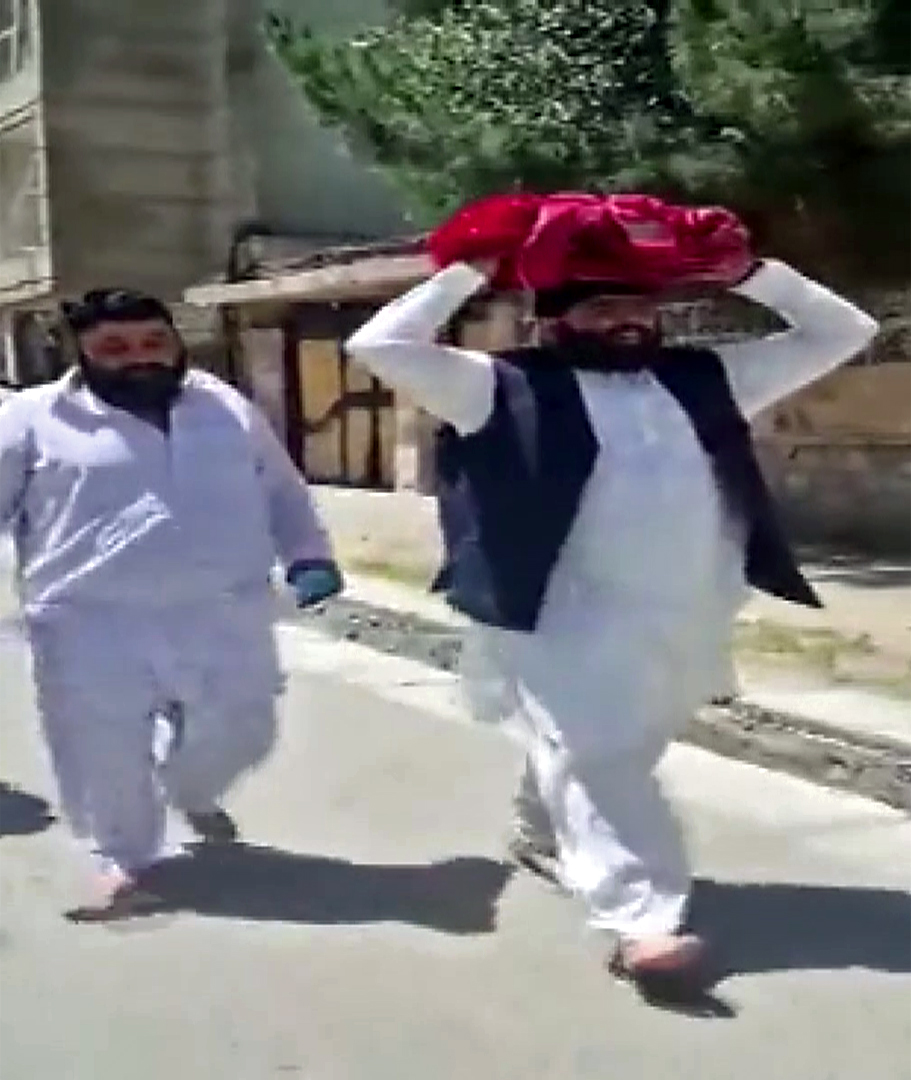This continued oppression of the Hindus and Sikhs in Afghanistan drives home the urgency to implement the CAA.
The dastardly attack on the last remaining functioning Sikh gurudwara in the Karte Parwan neighbourhood of Afghanistan’s capital, Kabul on 18 June in which two people were killed and seven more injured was an act of sacrilege, murder and terror—all rolled into one; a barbaric assault that underlined the vulnerability of the Hindu-Sikh community in Afghanistan in the face of the rabid fundamentalist xenophobia that is rampant in that country.
Sikhism and Hinduism have ancient roots in Afghanistan. In prehistoric times, the ancient Hindu kingdom of Gandhara encompassed territories that now form a part of north-eastern Afghanistan. Till the 10th century AD, the Hindu Shahi kings held sway over the Kabul Valley. Sikhs trace their origin to the visit to Kabul in the 15th century by the founder of Sikhism—Guru Nanak. Nevertheless, Hindus and Sikhs have been treated as aliens in recent times.
Hindus and Sikhs in Afghanistan are viewed as one community as there is a significant overlap in their customs. Like Sindhi Hindus, the Afghan Hindus observe the tenets of Sikhism: their prayers are derived from the Guru Granth Sahib and their ceremonies occur at gurudwaras.
The Hindus and Sikhs were once a flourishing community with a population of almost a quarter million in the 1940s. They were especially prominent in the government and as traders. The community continued to prosper during the reign of Zakir Shah (1933-1973) and during the period of Soviet rule. It was when the Mujahideen took over in 1990s and later the Taliban that the community fell on bad days and became the target of religious persecution
During the rule of the Mujahideen and Taliban, gurudwaras and temples were destroyed, Hindu and Sikh schools were closed, property was confiscated and Hindus and Sikhs were made to wear identifying clothing. Additionally, they were constantly pressured to convert to Islam.
Moreover, they have been subject to a series of brutal deadly attacks. In 2018, the entire top leadership of the community comprising 19 Sikhs and Hindus was wiped out when a suicide bomber targeted a convoy of Sikhs and Hindus en route to meet President Ashraf Ghani. Another ghastly attack took place in 2020: a terrorist stormed a gurudwara in Kabul and killed 25 Sikhs. And now this attack.
As a result, the overwhelming majority of Hindus and Sikhs have fled the country. Today only a few hundred remain.
The anguish in the voices of those that remain as they cry for help is palpable and real.
After the 18 June attack, Charan Singh Khalsa, an Afghan Sikh leader now living in exile, pleaded: “We have been repeatedly targeted by different groups, killed for our faith and loyalty to Afghanistan. Why then, after so many attacks, the world remains silent to our plight? I plead to nations, especially those who have Sikh and Hindu in their governments, like Canada, UK and India, please don’t ignore the misery of our brothers and sisters.”
Anita, another member of the Sikh community tearfully remarked: “I had stayed back to look after our house, but things are getting worse… I was supposed to go to join my family in India, but I haven’t been able to get a visa… We have to leave if we must survive.”
This continued oppression of the Hindus and Sikhs in Afghanistan and the attack on a gurudwara in Kabul drive home the urgency to implement the Citizenship Amendment Act (CAA) passed by the Narendra Modi government in 2019: a decree that was precisely meant to save such hapless minorities in neighbouring countries.
Ironically, Punjab, which is the home of the Sikh community, was at the forefront of the protests against the CAA. The then Congress Chief Minister, Amarinder Singh, called the CAA unconstitutional and discriminatory. The Punjab Assembly even passed a resolution denouncing the CAA. The main opposition party at the time, AAP also supported the motion. But his words came back to bite Amarinder Singh after the 25 March 2020 ISIS attack on the Kabul gurudwara that killed close to 25 Sikhs.
In a volte face he urged the Modi government to help the Sikhs. He tweeted: “Dear Dr S. Jaishankar (Union External Affairs Minister of India), there are a large number of Sikh families who want to be flown out of Afghanistan. Request you to get them airlifted at the earliest. In this moment of crisis, it’s our bounden duty to help them.”
Responding to the current attack in Kabul on 18 June, a host of Sikh leaders in India including the current Punjab CM Bhagwant Mann, SAD chief Sukhbir Singh Badal and others urged the Centre to help evacuate Sikhs and Hindus from Afghanistan. Interestingly, many of these leaders had stridently opposed the CAA. Two days after the attack, the Modi government issued 100 e-visas to the Sikhs and Hindus of Afghanistan. But this is a temporary fix; a more long-term solution lies in the CAA. Instead of indulging in petty politics, leaders of various communities in India should express their solidarity with the oppressed Afghan Sikhs and Hindus by retracting the resolution that the Punjab Assembly passed against the CAA in 2020.

